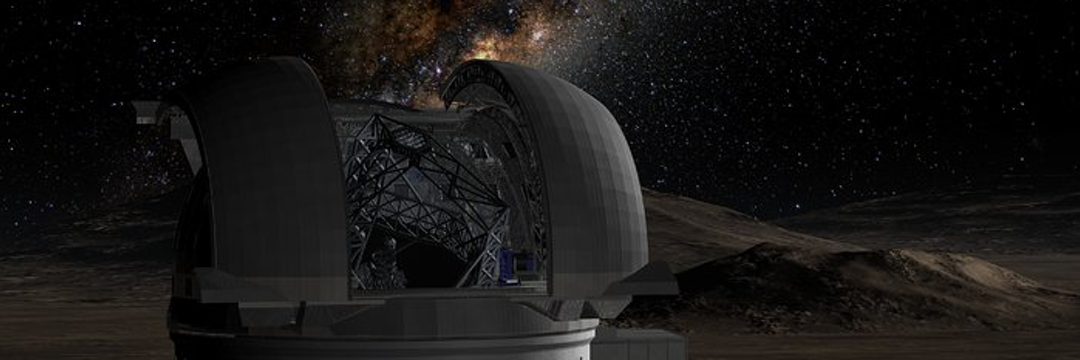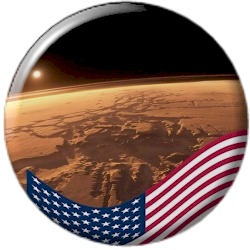
doi.org/10.1038/s41561-024-01450-0
Credibility: 989
#Tectônica
Recent studies are suggesting that plate tectonics, or the movement and recycling of the Earth’s crust, may have started much earlier than we thought.
And that may be a big reason why our planet has life.
The Earth’s surface is very busy
mountains form, continents come together and break apart, and earthquakes shake the ground.
All of this happens because of tectonic plates, which are giant pieces of the Earth’s crust that move.
Interestingly, this movement may be related to the existence of life on Earth.
Our planet is the only one we know of that has plate tectonics and also the only one that has life.
Many scientists believe that this is no coincidence.
Tectonic plates pull large chunks of the crust down into the mantle, the Earth’s middle layer, removing carbon from the surface and atmosphere, which helps keep the climate stable.
In addition, the plates also bring minerals and substances important for life closer to the surface.
When did plate tectonics begin”
Scientists still don`t know exactly when or why tectonic plates began to move, which makes it difficult to understand how important this process was to the emergence of life.
Some theories say the movement began about 700 million years ago, when simple multicellular life forms already existed.
Others think the plates began moving when only single-celled organisms, such as bacteria, existed.
In fact, with new methods that allow us to study Earth`s past in detail, some scientists believe that plate tectonics began soon after the planet formed, before life even emerged.
If this is true, it could indicate that even the most primitive organisms arose on an already active planet, and this makes plate tectonics seem essential to the search for life on other planets.
How do plate tectonics work”
Tectonic plates are like pieces of a jigsaw puzzle that move across Earth`s hot mantle.
When two plates move apart, magma (molten rock) rises and forms new crust.
When a heavier plate collides with another, it sinks into the mantle and is “recycled.” This happens in subduction zones.
But despite all this, finding evidence of the beginning of plate tectonics is difficult.
The oldest ocean we have recorded is only 340 million years old, so it doesn`t help much in figuring out when it all began.
Continental crust is lighter and floats on top, but even so, few rocks from billions of years ago still exist, and many have been weathered or deformed.
What`s the point of all this”
Scientists think that plate tectonics helped the evolution of life.
The movement of the crust may have created different habitats, causing living things to adapt and evolve.
In addition, plate tectonics may have helped the Earth recover from major extinctions, such as when, at the end of the Permian period, 90% of species disappeared.
Weathered rocks remove carbon from the atmosphere, helping to regulate the climate, which is crucial for life.
Some researchers even think that plate tectonics may have started so early that it helped life itself emerge, bringing important minerals from the mantle to the surface.
So what does this have to do with other planets”
If plate tectonics is important for life, then perhaps a planet with life would have to be geologically active.
While we can`t yet detect plate tectonics on distant planets, some scientists believe that there are exoplanets (planets outside the Solar System) with active mantles.
But we still need more powerful telescopes to get more clues.
Nearby planets, like Venus, are also interesting to study.
Scientists still debate whether Venus ever had plate tectonics.
Understanding why Venus and Earth are so different could help answer the question of whether plate tectonics is indeed a crucial factor for life.
In short, learning more about plate tectonics can not only help us better understand Earth, but also help us search for life on other planets!
Published in 11/11/2024 13h09
Original article:


